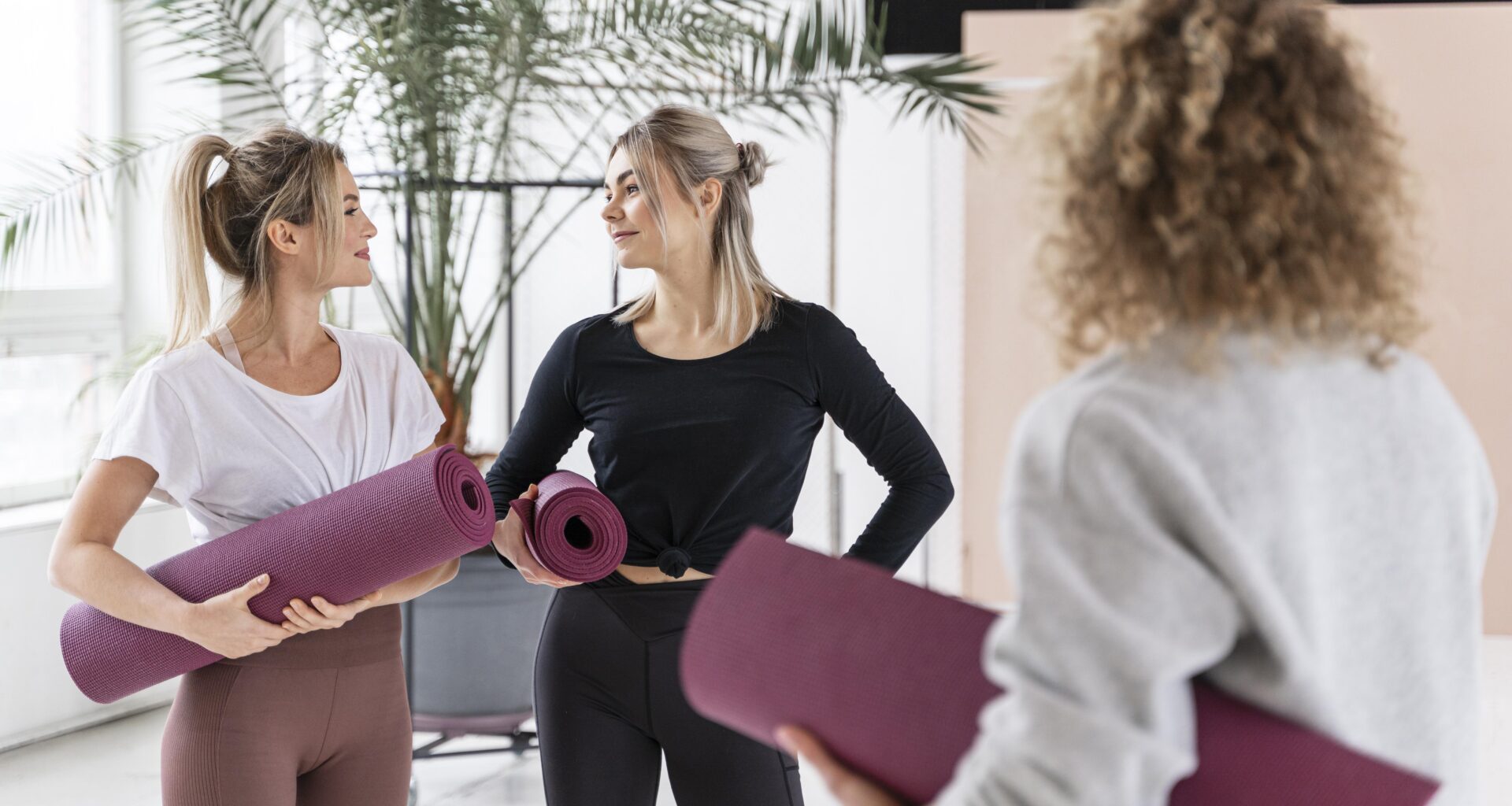Pilates is well known for its outstanding effects on both mental and physical health. Pilates is a fantastic way to enhance your posture, core strength, flexibility, and coordination. It may also help you relax, cope with stress, and lessen anxiety.
We will talk about the many forms of Pilates and choosing pilates that is best for you in this article.
What is Pilates?
Pilates is a set of low-impact exercises that synchronise breathing and movement. Choosing a pilates enhances postural alignment, strengthening core stabilising muscles, and increasing strength and mobility are the main goals.
The idea originated in the 1920s when German physical trainer Joseph Pilates began utilising low-impact workouts to achieve ideal strength and balance in his muscles. Pilates was initially used for rehabilitation, but dancers and gymnasts quickly began to adopt it. It gained attention in the late 1990s when celebrities like Madonna, Gwyneth Paltrow, and Jennifer Aniston were seen regularly attending Pilates classes.
Since then, choosing Pilates has been increasingly popular, and the exercise craze that models and celebrities love to do has kept evolving. The list is endless and includes HIIT Pilates, reformer Pilates, Stott Pilates, Winsor Pilates, Clinical Pilates, and Classical Pilates. There is a Pilates routine to fit any type of exercise.
Read More: Social Support and Mental Health
Choosing Pilates: Types of Pilates
The types of Pilates are:
Classical Pilates
Choosing a Pilate as exercise existed in the 1920s. Pilates sessions were meant to be a powerful full-body and mind workout that followed a specific sequence and contained transitions between exercises, according to Joseph Pilates.
To help the body reach its maximum potential, classical Pilates routines often incorporate both mat and apparatus exercises in a specific order.
Mat Pilates
Because you can do mat Pilates almost anywhere and require minimal equipment, it is the most accessible form of Pilates. In most cases, this makes it both easier and cheaper to perform in a group setting.
Pilates for Beginners is a mat-based programme that will help you learn and refine the basic Pilates movement skills.
However, expert mat Pilates students can still benefit from the method since it allows them to work with their own body weight as resistance and because routines can be changed to add complexity and intensity. Because robots can’t help you out in space, you have to be aware of your own body’s movements.
Read More: Strength Training Vs HITT
Contemporary Pilates
The majority of the time, a contemporary Pilates instructor’s training will dictate the format of a session, but the student’s health, goals, and aspirations can also play a role.
The “neutral pelvis” is the standard position for teaching exercises; for instance, when lying on one’s back, one’s tailbone and ribs should be heavier than the rest of the body, creating some room for the lower spine from the floor. Your spine’s natural curvature will be followed by this. This opens the door to a more practical approach that may be better adapted to your needs, with the ability to incorporate equipment and props and make adjustments to exercises.
Reformer Pilates
The choosing Pilates reformer machine is utilised in reformer Pilates, as previously mentioned. Due to the machine’s ability to provide resistance to each Pilates exercise, it is conceivably more vigorous and dynamic than a mat Pilates class. If you are having trouble moving, are only able to bear part of your body’s weight, or are in the midst of rehabilitation, the reformer’s springs can double as an assistive device.
Read More: Recommended Exercise By Age
The Health Benefits of Choosing Pilates
There are numerous benefits of choosing Pilates, some of them are:
Pilates helps all individuals
The adaptability of Pilates, and particularly equipment Pilates, is one of its greatest strengths. This ensures that Pilates is a safe kind of exercise for almost everybody.
Pilates practitioners and athletes seeking to up their game may find that adjusting the number of springs on their machines makes even the most basic movements more of a challenge.
Pilates engages all muscle groups
Choosing Pilates stretches and strengthens the body in every possible way, unlike most other workout programmes.
Pilates, in contrast to conventional weight training, which tends to focus on a single plane of motion and one set of muscles at a time, engages every muscle group in the body.
Elevate your athletic performance with Pilates
Since its inception in the 1920s, the choosing Pilates method has been utilised by dancers and professional athletes.
Nonetheless, choosing Pilates has since surpassed all others as the preferred method of exercise for health-conscious individuals and recreational athletes seeking to enhance their performance, avoid injuries, and recover from them. Plus, Pilates can improve your performance even if you aren’t an expert, as many have found.
Read More: Social Support and Mental Health
Pilates helps with stability
The side splits on the chair without handles or the moving reformer platform on a light spring are two of the most balance-demanding Pilates exercises, as any practitioner of the discipline can attest.
The effectiveness of the deep stabilising muscles in the body can be enhanced through dynamic exercises such as these. You may improve your balance and coordination by practising these kinds of motions on a regular basis.
Read More: What is Processed Foods
Conclusion
Choosing Pilates goes well beyond a simple workout routine. It teaches you the proper form and the proper places to move your body; for instance, have you ever tried to strengthen your abs by doing belly crunches, only to end up with neck pain and little to show for it? Or, do you play golf but get chronic low back pain? Pilates is a form of exercise where a trained instructor teaches you specific body movements.
Once you master the proper form, you’ll see the abs and fitness benefits you’ve been craving. As an added bonus, learning proper body mechanics should help alleviate a lot of discomfort. The second reason is that physiotherapists, osteopaths, surgeons, and general practitioners still support the Pilates Method.
FAQs
Depends on your goals! Reformer Pilates offers machine-assisted resistance, while Mat Pilates uses bodyweight exercises. Both can be effective.
Pilates is great for all body types! It focuses on flexibility, core strength, and control, benefiting everyone.
It depends! Pilates is great for core and flexibility, while a gym offers broader equipment options. Consider your goals – both can be valuable.







